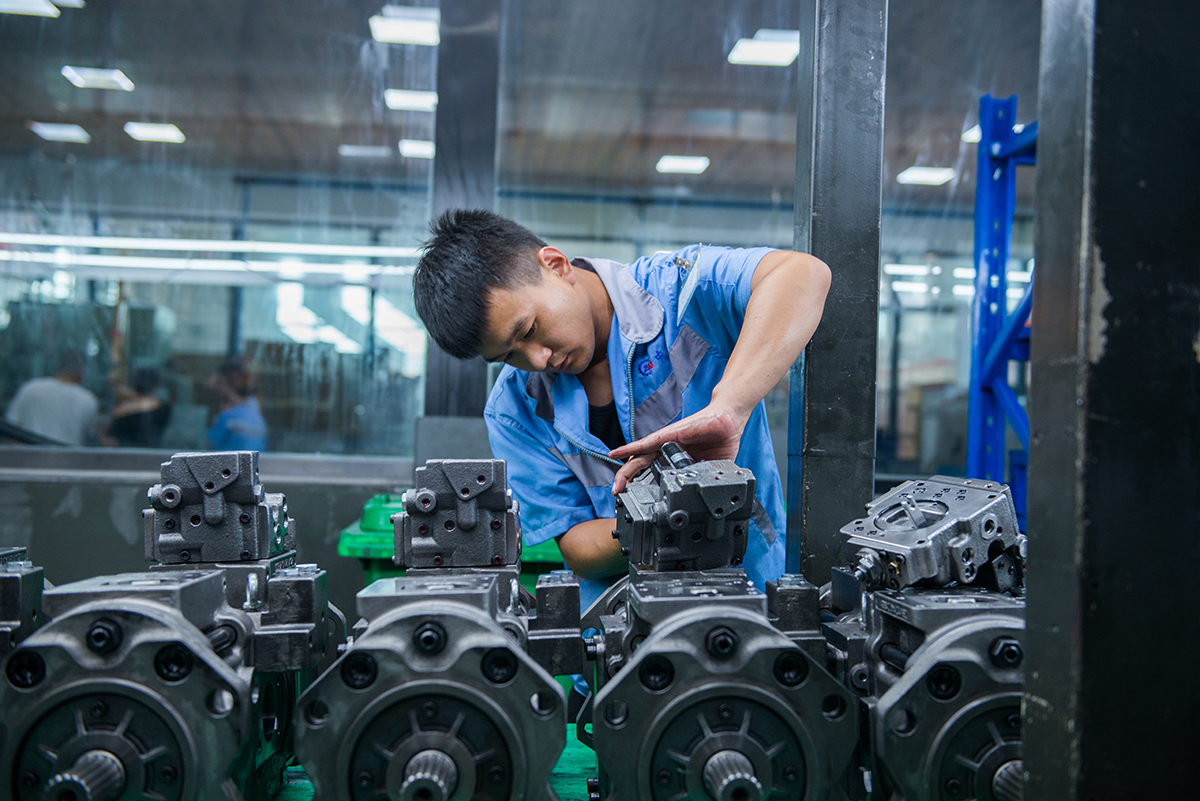Solar batteries for homes are becoming increasingly popular, driven by technological advancements and supportive government incentives. While once considered a niche product, solar storage has evolved into a practical and accessible option for many homeowners, whether they're aiming to live entirely off the grid or simply maximize their energy efficiency. This article aims to guide you through the basics of solar batteries, helping you decide if they’re the right choice for your home. By the end of this piece, you'll have a clearer understanding of solar batteries and their potential benefits. For personalized advice, feel free to consult with a professional solar installer. Below, we address some of the most frequently asked questions about solar batteries: The UK has set an ambitious target to reduce carbon emissions by 78% by 2035 compared to 1990 levels. As individuals, we can play a role in achieving this goal by adopting renewable energy solutions like solar power and storage. Looking ahead to 2050, the UK is committed to reaching net-zero emissions, making now the perfect time to embrace clean energy. While we can't tell you definitively whether you need a solar battery, we can provide the information you need to make an informed decision. Let's start with the basics: what are solar batteries and how do they work? Imagine a solar battery as a scaled-up version of the batteries you use in everyday devices, but instead of powering small electronics, it stores energy generated by solar panels. These batteries allow you to harness and store the energy produced during the day for use when the sun isn’t shining. With a solar battery, you can ensure a steady supply of power, even during blackouts or at night. Additionally, excess energy stored in your battery can be sold back to the grid, with government programs providing incentives to encourage this practice. Unlike standard batteries, solar batteries don’t "die" after repeated use. They continuously recharge whenever the solar system generates energy, which is usually throughout the day and night. Solar batteries capture and store the excess energy generated by solar panels that would otherwise be sent to the grid. Unlike traditional setups, modern solar systems with batteries allow homeowners to retain this energy for later use. Each battery has a specified capacity, indicating how much power it can store. Some advanced batteries are stackable, allowing multiple units to be combined for increased storage capacity. The depth of discharge (DoD) refers to how much of the battery’s total capacity can be used before needing a recharge. Different battery types cater to various needs, as explained in the sections below. Two primary types of solar batteries dominate the market: lithium-ion and lead-acid. Despite being relatively new to the scene, lithium-ion batteries have quickly gained popularity due to their long lifespan and high energy density. Lead-acid batteries, on the other hand, have been around since the 1800s and remain a reliable option thanks to their durability and affordability. Here’s a closer look at the advantages of each: Lithium-ion batteries excel in residential applications due to their compact size and high energy storage capacity. Lead-acid batteries are ideal for off-grid systems and emergency backup power solutions. The price of solar batteries varies based on your specific needs. Factors like the size of your solar system and desired storage capacity significantly impact the final cost. Prices also vary depending on the brand and model, so it's essential to balance durability and capacity with your budget. Storage capacity and actual energy needs are two separate considerations. To determine the appropriate battery size, evaluate your solar system's output and daily energy consumption. For example, a 5kW solar system might generate around 20kWh per day, translating to approximately 4,500 kWh annually. Experts recommend a battery capacity between 10kWh and 13kWh to effectively store surplus energy for nighttime use or emergency situations. Ultimately, the choice depends on your goals and lifestyle. Modern solar batteries are designed to last up to 15 years, though technological improvements are likely to extend this timeframe. While 15 years is a substantial period, current batteries may need replacement before the solar panels themselves. Leading manufacturers offer warranties covering up to 10 years or 10,000 charge cycles, whichever comes first. This ensures peace of mind while maintaining optimal performance. Several factors influence how long a solar battery lasts, including usage frequency, battery type, and storage conditions. Let’s explore these elements in more detail: Think of a smartphone battery: frequent charging gradually reduces its overall lifespan. Similarly, solar batteries degrade over time, especially when heavily used. A battery powering your home every night will wear out faster than one reserved for emergencies. The three main types of solar batteries—lead-acid, lithium-ion, and saltwater—vary in terms of lifespan and capacity. Lithium-ion batteries stand out for their longevity and storage capabilities, making them ideal for residential use. Extreme temperatures can harm solar batteries, so it's crucial to store them in a cool, dry, and temperature-controlled space. Manufacturers provide specific guidelines based on battery type. General recommendations include: Avoid exposing batteries to direct sunlight or extreme temperatures. Low-maintenance batteries can be kept indoors, while others require specialized storage conditions, such as a ventilated box in a garage or shed. In all cases, ensure proper thermal management to prevent overheating or freezing. Materials like concrete and stone help absorb heat and maintain stable conditions. Have questions about solar batteries or panels? Reach out to a dedicated solar battery expert. Before investing in solar panels and a storage system, familiarize yourself with the following government incentives that lower costs and provide long-term savings: Eligible homeowners may qualify for a reduced VAT rate of 5% on the installation of renewable technologies. This includes solar panels, storage systems, and other energy-efficient upgrades. To qualify for the reduced VAT rate, you must be over 60 years old or receive one or more of the following benefits: When selecting a solar battery for your home, consider the following key factors that impact long-term performance: Additionally, consider your intended use. For off-grid setups, lead-acid batteries are recommended due to their durability. Lithium-ion batteries, on the other hand, are perfect for homes thanks to their long lifespan, high capacity, and compact design. Solar batteries are becoming a smart investment for many homeowners. If you have questions about solar panels or solar batteries, our team is ready to assist you. For more insights into solar technology, visit our blog for articles covering everything from panel selection to maintenance tips. Hydraulic Excavator Pump,Hydraulic Pump Mini Excavator,Excavator Parts Hydraulic Pump,Main Hydraulic Pump XINGTAI ZHONGWEI ZHUOTE HYDRAULIC TECHNOLOGY CO.,LTD , https://www.zwzhtehydraulic.com
What Are Solar Batteries?
How Do Solar Batteries Work?
What Types of Solar Batteries Are Available?
Lithium-Ion
Lead-Acid
How Much Do Solar Batteries Cost?
How Much Energy Can Solar Batteries Store?
How Long Do Solar Batteries Last?
What Affects Battery Lifespan?
Usage Frequency
Battery Type
Storage Environment
Government Incentives for Solar Batteries
VAT Reduction
Eligibility Criteria
How to Choose a Solar Battery
Do I Need a Solar Battery at Home?
I. Introduction to ZHTE HYDRAULIC Excavator Excavator Hydraulic Pump
II. Product Introduction and Categories
III. Production Process

V. Enterprise Qualification
Our products
The "ZHTE HYDRAULIC" Excavator Hydraulic Pump is one of the company's flagship products. It was officially launched in the market in 2016 and is widely used in machine tool forging, metallurgy, engineering, mining, shipbuilding and other machinery as well as other hydraulic transmission systems. And it has exported to more than 100 countries and regions such as France, Germany, Singapore, Russia, South America and Southeast Asia in batches, with a market share of over 60% in China.
1. Product introduction: The Excavator Hydraulic Pump is the power component of the hydraulic system, which converts the mechanical energy of the prime mover into hydraulic pressure energy. It refers to the oil pump in the hydraulic system, which provides power to the entire hydraulic system. The Excavator Hydraulic Pumps used in hydraulic transmission systems are positive displacement Excavator Hydraulic Pumps, which rely on periodically changing enclosed volumes and flow distribution devices to operate. The main forms are generally gear pumps, vane pumps, and piston pumps. The performance of the Excavator Hydraulic Pump directly affects the working performance and reliability of the hydraulic system.
2. Product classification: ZHTE HYDRAULIC mainly produces axial piston pumps, which are divided into through-shaft axial piston pumps, bent-shaft axial piston pumps, and parallel-shaft axial piston pumps.
3. Axial piston pump is a piston or plunger reciprocating direction parallel to the central axis of the cylinder. The oil is distributed by the oil distribution plate, the cylinder rotates, and the variable head variable swash plate axial piston pump is used. The pump adopts the optimal oil film thickness design of hydraulic static balance, which enables the cylinder body and oil distribution plate, sliding shoe and variable head to operate under pure liquid friction. It has the advantages of simple structure, small size, low noise, high efficiency, long life and self-priming ability.
4.Axial piston pumps have various variable forms to meet the requirements of users, and are widely used in machine tool forging, metallurgy, engineering, mining, shipbuilding and other mechanical and hydraulic transmission systems.
1. Casting blank (inspection)
2. Rough turning (inspection)
3. Normalizing (inspection)
4. Fine turning (inspection)
5. Drilling and milling (inspection)
6. Deburring (inspection)
7. Carburizing treatment (inspection)
8. Chamfering and deburring of teeth (inspection)
9. Shot blasting (inspection)
10. Inspect, warehousing, and rust prevention (inspection) as per the drawing
11. Inspection before assembly
12. Cleaning before assembly
13. Assembly
14. Product form and product performance test, pre-delivery test
15. Add lubricating grease
16. Painting treatment (inspection)
17. Packaging and packing (inspection)
18. Warehousing of packaged finished products
ZHTE HYDRAULIC Excavator Hydraulic Pump undergoes full-process inspection, with strict quality control and guaranteed quality.
The company has five major system certificates (quality, safety, environment, energy, intellectual property rights) and the CE certification of the European Union. It has been rated as a national high-tech enterprise, a national specialized and innovative "little giant" enterprise, a national intellectual property advantage enterprise, and also a provincial A-level research and development institution, a provincial enterprise technology center, a provincial engineering hydraulic transmission technology innovation center, a provincial specialized and innovative demonstration enterprise, a provincial single champion enterprise, a provincial specialized and innovative backbone enterprise, and a provincial civilized unit. The credit rating of the enterprise is AAA, and the bank credit rating is A. The enterprise has participated in the formulation and revision of 6 national standards, published 5 enterprise standards, and has obtained more than 100 national authorized patents and 114 trademark ownerships.
include: Excavator Hydraulic Pump, Excavator Final Drive ,Excavator Swing Motor, Excavator Travel Reducer, Excavator Swing Reducer, Swing Bearing ,Hydraulic Breaker